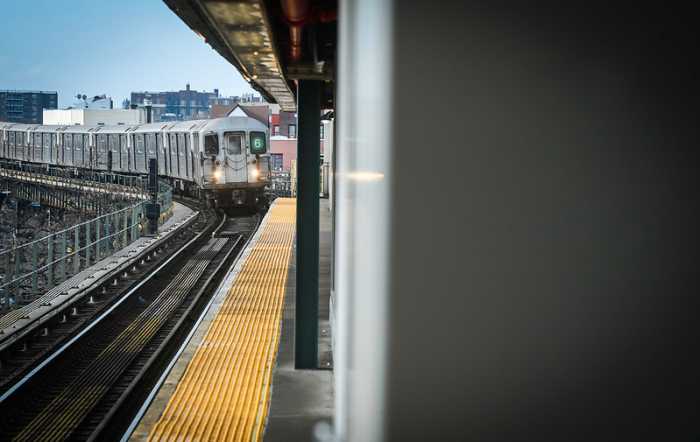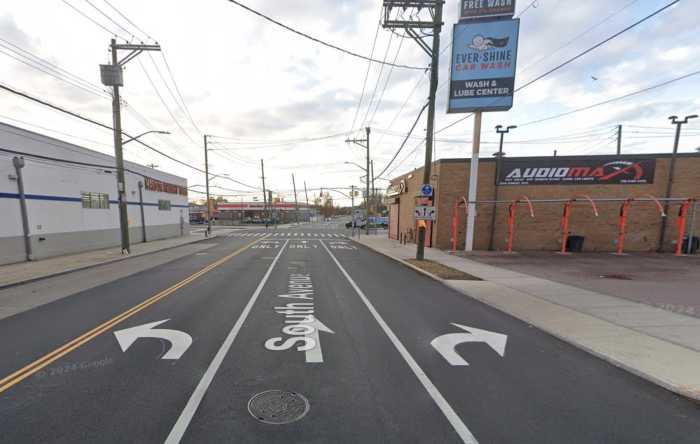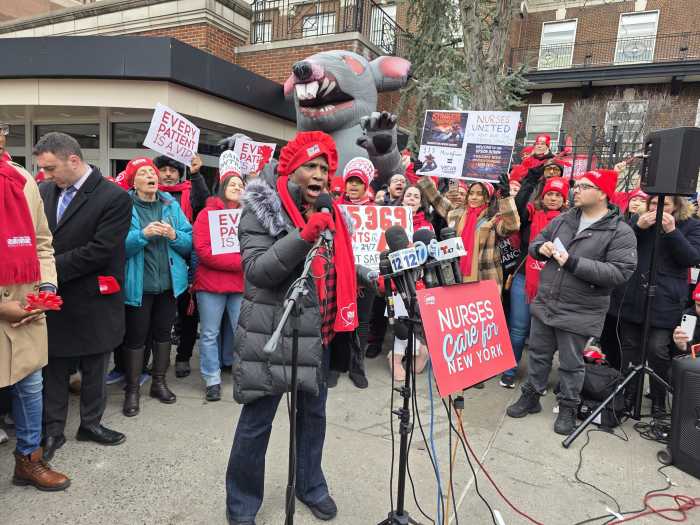
The pungent smell of fuel on the L train severely disrupted service on Tuesday as the MTA investigated the source of the odor.
Service was suspended between First Avenue in Manhattan and Morgan Avenue in Brooklyn around 12:50 p.m., about 20 minutes after the MTA said crews were investigating the source of the smell near Graham Avenue. Normal service resumed around 3:20 p.m.
Several riders tweeted that they were nauseated by the smell or that it was causing a headache. At least one straphanger reported on Twitter that a fellow passenger passed out during his morning commute. Other tweets indicate the smell was first noticed by riders just before 5 p.m. on Monday.
"Why do the trains smell like leaking gas today?" Lane Stewart tweeted at 4:53 p.m. Monday.
".@NYCTSubway the L train has smelled like gas the past few days, and someone just passed out due to the smell and lack of air circulation. The passenger is fine, but this issue needs to be addressed ASAP #NYC #help," Josh Fidanque tweeted at 9:48 a.m. Tuesday.
MTA spokesman Maxwell Young said the Department of Environmental Protection and the FDNY investigated the source of the smell Tuesday afternoon, which was determined to be a non-flammable heating oil that leaked onto the tracks near the Graham Avenue station. The odor was not related to the L train rehabilitation project or any other MTA construction, he said.
"Air quality at all stations has been tested and determined to be safe," Young said in an emailed statement. "We apologize to our customers for the delay in service – their safety is always our number one priority and we would never compromise it."
The MTA acknowledged that complaints about the smell had been received Tuesday morning, but officials initially believed the source of the odor was related to lingering fumes from diesel work trains that had passed through the stations. However, when the fumes did not go away as expected, the authority said it immediately began to investigate the source.




































